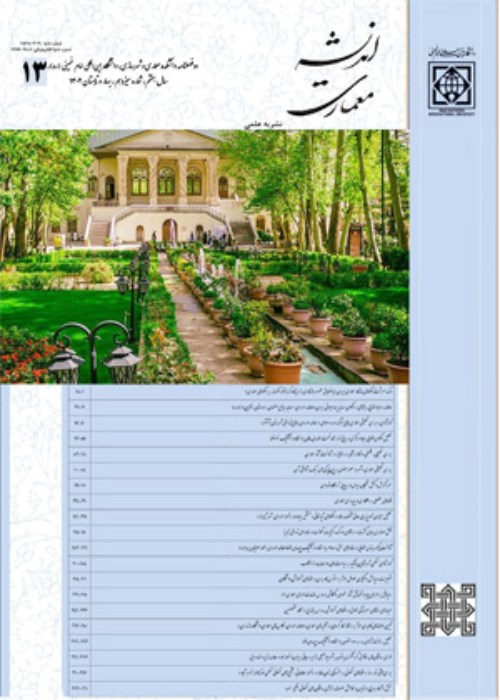Evaluation of the Thermal Behavior of Iwan in the Traditional Houses of Isfahan for its Reflection in Contemporary Architecture for Energy Consumption Optimization
An important part of the annual energy consumption of countries is related to the building sector. Accordingly, saving energy and finding solutions for annual energy consumption in this sector are of great importance given the issue of the energy crisis in the current century and the position of environmental protection. Although different methods have been used in this regard in the traditional architecture of our country, energy consumption regarding the building sector has received less attention in today’s architecture due to various reasons such as population and urban growth and the lack of attention to spatial quality. Due to the high share of energy consumption in the house, the physical elements of the house can play an important role in reducing energy consumption. In addition, the semi-open element of Iwan is an efficient model in terms of function and climate, including temperature adjustment and provision of thermal comfort conditions. This element is semantically space-creating, which brings a wide variety of valuable experiences regarding understanding space and nature, the role of which has been greatly diminished in today’s architecture.
What is the optimal model of Iwan with regard to saving energy consumption in old houses in Isfahan?
Older houses with passive solar systems are more energy-efficient than the new ones. To direct architects toward using the elements and physical proportions of traditional houses, the present study seeks to find the most optimal Iwan pattern in the traditional houses of Isfahan in terms of energy saving. Further, the study aims at achieving the optimal shape and location of the Iwan through communication with side spaces such as halls, Shahneshin, and rooms, followed by providing suggested solutions for improving the energy efficiency of contemporary housing according to the results of simulating different forms of Iwan.
To this end, different patterns of Iwan in the traditional houses of Isfahan were identified and common patterns were obtained accordingly. Next, theoretical foundations were examined and the theoretical framework was presented using the descriptive-analytical method. Then, different types of Iwan and their analysis were comparatively analyzed through library and field studies of all types of Iwan, halls, and side spaces in the houses of Isfahan built from Safavid to Qajar periods, as well as typing and using reality modeling and simulation. Finally, the results of simulations were compared with each other after validating DesignBuilder software with a real sample using the dynamic simulation.
The results showed that the patterns of the Iwan of the Dehdashti and Alam’s Houses are the most efficient ones among other models in terms of energy efficiency. Given that Dehdashti House is more affordable in the summer and the cooling load in Isfahan is more important in this season compared to winter, the model of Dehdashti House is the most optimal Iwan model. In this study, the optimal Iwan is located in front of the Sedaris room on either side of the building and is connected to the room and the hall through a retaining corridor (the unconditioned space) while the length of the corridor covers half of the length of the hall.
- حق عضویت دریافتی صرف حمایت از نشریات عضو و نگهداری، تکمیل و توسعه مگیران میشود.
- پرداخت حق اشتراک و دانلود مقالات اجازه بازنشر آن در سایر رسانههای چاپی و دیجیتال را به کاربر نمیدهد.



